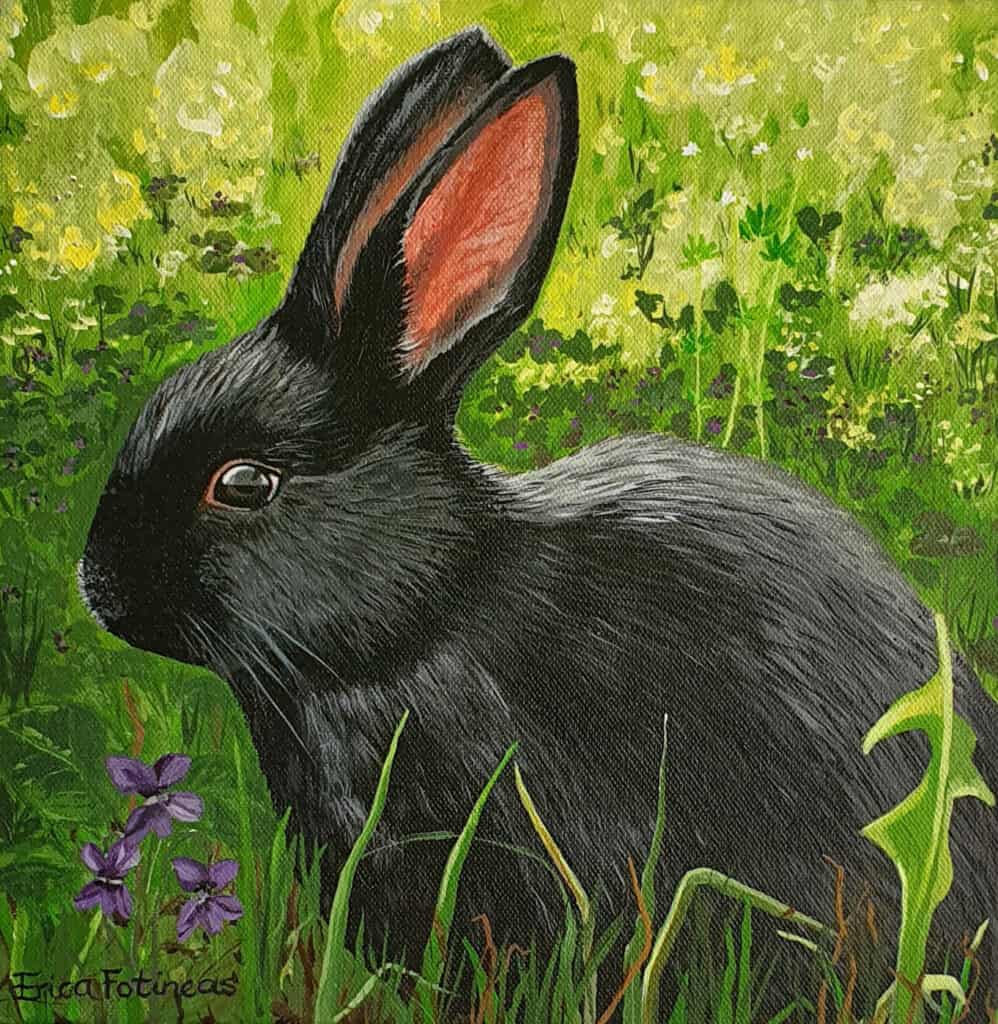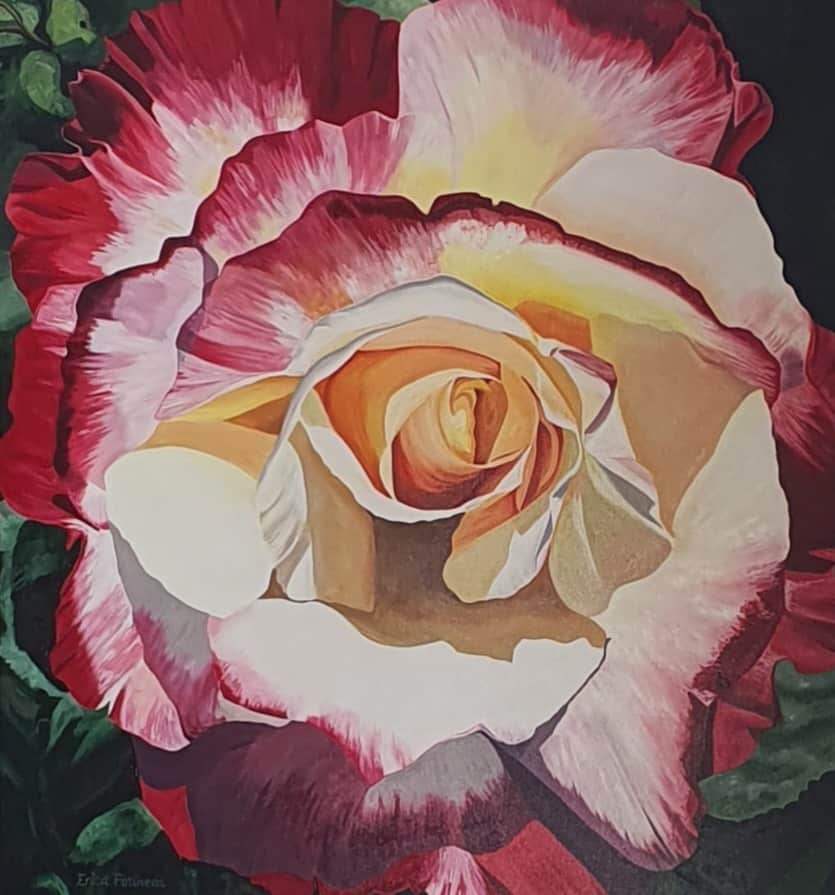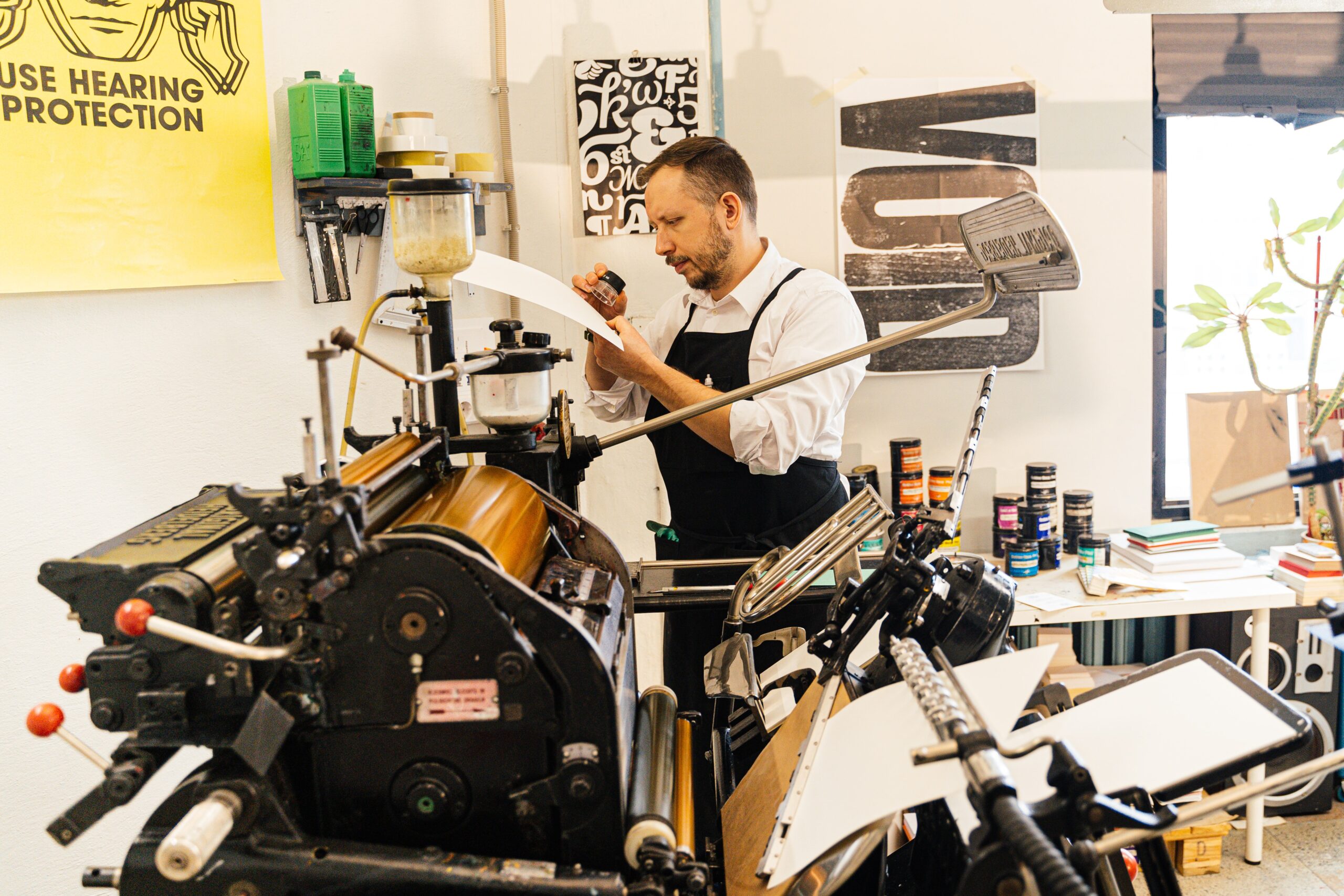Limited Edition museum quality prints use Archival inks. The point of difference compared to normal inks is that they are made to last for a hundred years or more.
Resistant to fading and highly pigmented, the current quality of inks being used could potentially last even longer if they are well cared for.
Natural deterioration occurs over time, so Artists make an investment in their work to ensure it has a very long life. They also want their original artwork to continue being represented in it’s truest form as a print.
These artworks are not on the same playing field as cheap prints found in supermarket chains and dollar stores.
If you have ever seen an old print in a second-hand or thrift shop, you will see that the blacks have faded to brown. The whites are yellowed, the reds are pink. Blues look more grey and greens are murky.
Limited Edition archival prints will not end up looking like this in your lifetime. But when you find yourself balking at the price, remember the artist isn’t making much money on each print.
After set-up costs, the artist will not even re-coup their costs until the sale of several prints have occurred.
Most of the cost is going to a professional printer who has invested huge money in technology and training. The materials themselves are also very expensive, including the fine art papers and inks.

What is Giclee?
Giclee is a French word first used to describe the digital printing process where inks are applied onto fine art papers and canvases. Giclee literally means: ‘to spray’ or ‘to squirt’.
Giclee is now generally used to define that genre of supremely high quality printing works. It refers to the archival quality, the highly technical processes and the professional involvement of businesses at the peak of printing genius.
The incredible capability of current printers mean they can achieve resolution in the range of 2880 dpi. There is no bleeding of ink, the colors and picture remain sharp and accurate.

What Are Fine Art Papers?
There are some well-known names of Fine Art Papers, for example Hahnemuhle, Ilford, Kodak and Canson. They come in a range of fibres depending on their intended print use.
Most of the papers come in matt, textured, smooth, satin, gloss or even pearl. It just depends on what effect you would like your artwork to be shown in.
Artists usually choose matt, cotton rag or canvas. The quality of paper will ensure that the colors and image are shown in their best light. You can also choose the weight of paper which reflects it’s thickness. Many art prints are around 300 – 350gms
It all comes down to personal preference and intended use. I have used Ilford Textured for my prints and been very happy with the weight and how the picture was reflected.
Ilford smooth and Bauhaus Etching is a rag premium matt coated paper. You can also get this in a smooth version. ‘Rag’ papers have invisible ink receptor coatings that prevent loss of pigmentation from seeping through the paper. (particularly useful for watercolours)
The very latest in paper technology is ‘Breathing Color Elegance Velvet Platinum data sheet. Bit of a mouthful, I think they couldn’t decide on their favourite adjective so used them all!
It has tested against the well-known products to the point where they are described as superior.

Can I Print At Home On My Own Printer?
If you have an awesome $14,000 Epson Surecolour P20070 or similar at home, then yes. But most people don’t have that so if you want the kind of printing that carries the Giclee Fine Art Print reputation, then go to a professional printer.
And it’s not just having a great machine. It’s the photograph they take first of your art work to produce the best possible image.
Polarised lighting is used to remove glare. Textured pieces need special work to reproduce the shadows.
Each image is manipulated by the printing specialist to create amazing color accuracy. Their pre-press monitors are calibrated to international standards.
The image is so refined that you can see the grain of a canvas and every minute detail clearly. They can even take a photo of your signature and place it on your picture where-ever you want it.
So if it’s Fine Art Printing you want, that is best left to the professionals.
Tip: Don’t varnish your work until it has been photographed and set up for printing. It is much easier without the glare of varnish and glossiness. It isn’t essential, but it is helpful.

So that is a bit of an introduction to Archival, Museum quality printing. It is a huge subject, but you can go into your printer now, somewhat more in the know and better able to discuss what you are wanting.
Thank you to Antony Shkraba for his photo of the man and his printing machine, courtesy of Pexel images.

